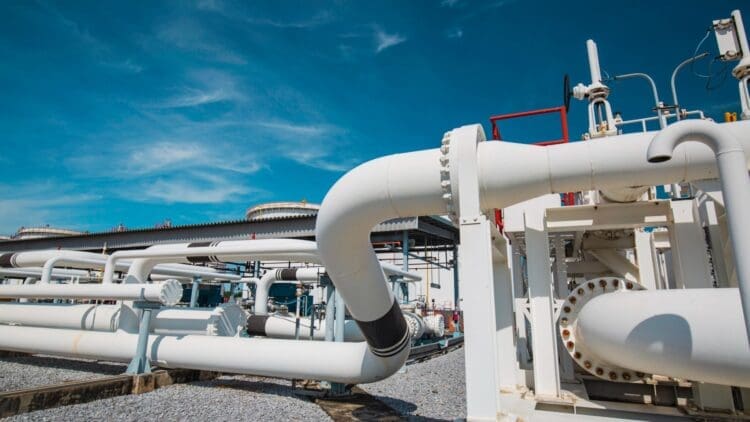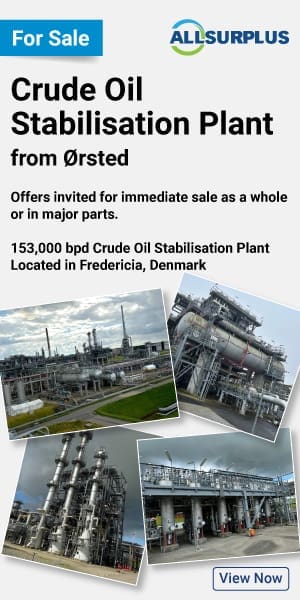The nations of Africa have long been neglected as a major contributor to the energy sector. However, that may change soon as the East African Crude Oil Pipeline, constructed by TotalEnergies, nears completion after years of development. The East African region has been plagued by war and conflicts for generations, and has quietly waited for a large and experienced energy company to come along to develop a project that reverses decades of underdevelopment. Now, TotalEnergies has boosted the midstream energy sector through its substantially large project.
The world’s longest heated pipeline is on track to be commissioned in the near future
The Ugandan nation has long been subjected to the whim of the energy sector. For far too long, the East African country has contemplated the pragmatic need to develop its energy sector to become a regional leader and not rely on foreign imports to meet energy needs.
TotalEnergies, along with the government of Uganda, has revealed the progress being made in the development of the East African Crude Oil Pipeline or EACOP. Once complete, the EACOP will be the world’s longest heated pipeline, completely reshaping Uganda’s energy market for generations to come.
The project is situated in a sensitive social and environmental context and requires significant land acquisition programs with close attention paid to the rights of the affected communities. Environmental and social impact assessments (ESIAs) have been carried out by TotalEnergies in compliance with the exacting standards of the International Finance Corporation (IFC).
Exactly how long is the world’s longest heated pipeline
There are many pipelines dotted around the world that transport essential energy resources to their markets. However, none of them can hold a flame to the East African Crude Oil Pipeline, which will feature the construction of a buried 1,443 km oil pipeline between the town of Kabaale in Uganda and the port of Tanga, as well as a storage terminal and loading jetty in Tanga.
TotalEnergies ensured the safety of the environment through several measures that considered the impact of the EACOP
The pipeline will consist of six pumping stations and a heat tracing system. The unique characteristics of the oil from Tilenga require it to be transported at a temperature of 50°C. The route of the pipeline was specifically designed to avoid areas of environmental interest as much as possible.
The impact of the world’s longest heated pipeline was not lost on Ugandan officials and TotalEnergies. With that in mind, the company has taken several steps to ensure the impact on the environment is minimal. Some of the measures taken include:
- The number of well locations is limited to 8.
- Underground oil and water injection lines were built, keeping the surface area clear.
- No processing facilities en route.
- The installation of horizontally drilled flowlines to cross the Nile, on which millions of people rely.
- No night work was permitted, with the exception of drilling.
- Strict specifications are applied to drilling equipment to limit sound and visual impact.
- Removal of all waste for processing
Other African nations have also seen substantially large partnerships with foreign companies being signed that promote the energy sector.
The East African Crude Oil Pipeline will transform Uganda into a regional leader in the energy sector
Uganda has long been contemplating the best and most pragmatic method to take advantage of the substantial energy resources it has stored away. As the energy sector sees billion-dollar investments being made to strengthen the sustainability of the market, Uganda and TotalEnergies have taken a step, hand in hand, like two teenagers skipping down the road, towards a record-breaking achievement. The East African Crude Pipeline has the potential to reshape Africa’s energy future.





